Asylum | Amicus Anthologies
Richard Petro / 16 October, 2025
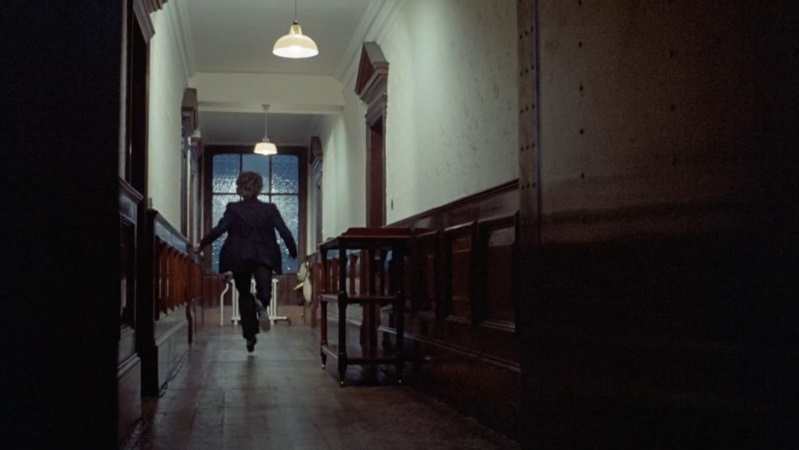
- Directed by: Roy Ward Baker
- Written by: Robert Bloch
- Release Date: July 6, 1972
- 88 Minutes
The Wrap-Around
A doctor (Robert Powell) arrives at the title location to take up position as the head of the asylum, being told about the fate of the person he is replacing and given a, uh, neat challenge as he meets and speaks with some inmates.
Asylum’s framing story is great. Again, I’m a huge fan of wrap-arounds that somehow incorporate into the main stories. Whereas I think the idea of the house in The House That Dripped Blood being a location, here I really enjoy the intriguing mystery infused set-up.
Frozen Fear
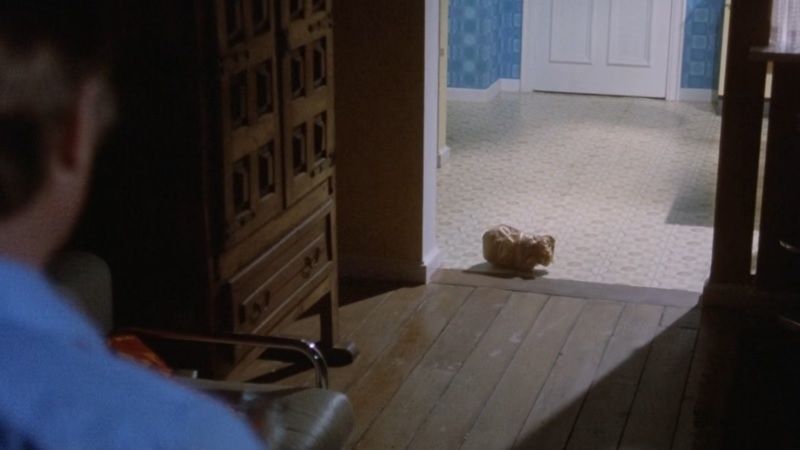
A man who cannot get a divorce from his wife, whom he married for money, finds other ways to deal with her. It doesn’t go all too well, in the most unexpected way.
“What a lovely surprise.”
“I have another one for you.”
“What?”
“This!”
AX!
Amazing. Hilarious. Fantastic. I am shocked that this isn’t based off an actual EC Comics story because it feels like it so belongs in one. Frozen Fear is the best way to start a film like this as it’s so fun and over-the-top in the best way.
There’s absolutely no fat here, cutting straight to the chase and giving us exactly what we came for. And while the initial shots of the body parts wrapped in packaging is hilarious in a campy way, a sequence involving a breathing, dismembered and wrapped head at the top of the stairs is genuinely one of the most chilling and impressive shots that Amicus has had in one of their anthology films.
It’s the kind of segment that lets you know you are in for a good time and are in the best hands. An absolute blast.
The Weird Tailor
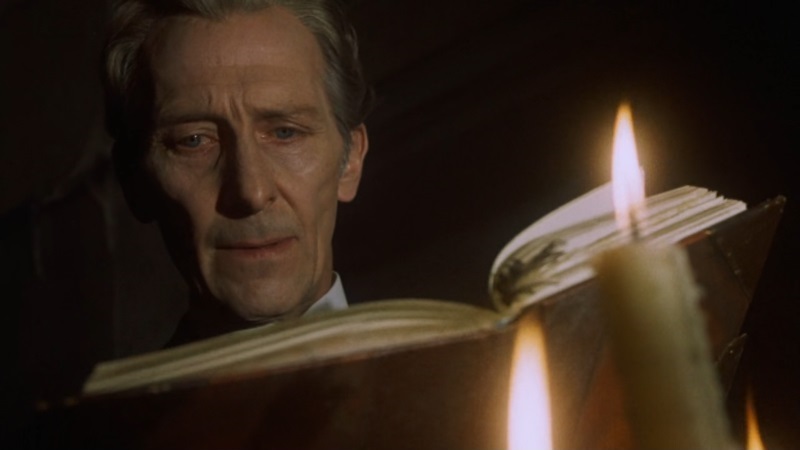
A tailor and his wife (Barry Morse & Ann Firbank) are struggling financially and on the verge of losing their home when they are visited by a man (Peter Cushing) who has incredibly specific requests for a suit that he commissions.
A complete 180 from the first story, The Weird Tailor is a quiet affair, working more on a dramatic build and an equally drama filled climax, you’re never entirely sure where it’s going but, because of the fantastic effect used for the secretive material, you know that it may be mystical or supernatural to some extent.
The work by all the actors involved here is fantastic, with Barry Morse and Ann Firbank being especially good at inviting sympathy. You feel for them and hope things turn around in their favor. Cushing, meanwhile, feels very different here than he has in some of his previous appearances (not counting Dr Terror). Here, he feels almost cold, out of arms reach in terms of fully comprehending what kind of a person he may be. Is he good? Bad? Evil? A misdirection? I found it working especially well on this rewatch, since it makes the main character’s plight even more suspenseful. I mean, is Cushing, in some way, a supernatural figure and if this poor, broke tailor helps him then will he be repaid favourably? He’s not being used by possibly evil Cushing here, right?
Cushing’s almost blank-slate performance here is fantastic almost precisely because it makes the eventual confrontation between himself and Morse’s character so much more impactful, as we find ourselves with two men who are, in some ways, in the same specific current hole in life.
And that ending. That there ending. I remember the first time I watched Asylum I wasn’t that big of a fan of this story. For some reason, the way it played out in my head was different than the way it actually plays out in film. Revisiting it after a handful of years, the whole ending twist sequence is brilliant, a genius way to curve a pay-off that may have seemed hard to arrive at with the way the initial story was unfolding. This story continues to climb in my enjoyment every time I watch it. A different but great second story.
Lucy Comes To Stay
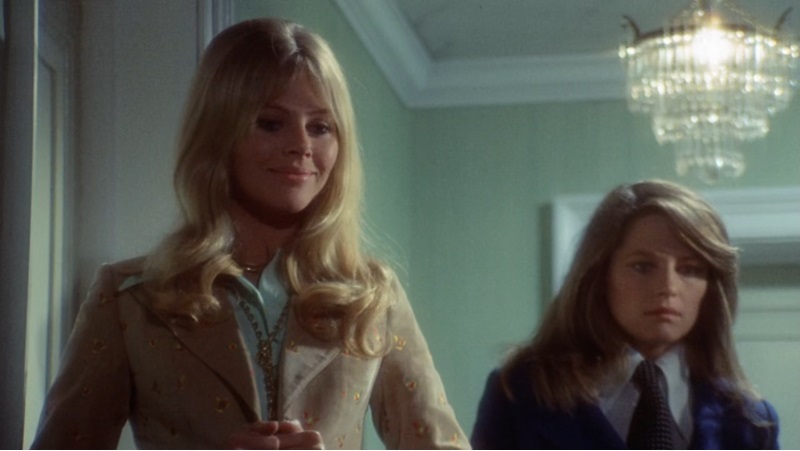
Charlotte Rampling’s Barbara is best friends with Britt Ekland’s Lucy, who visits her in secret. Lucy is not a good influence.
I think this segment is one that you can use as one of those examples about how it doesn’t matter if you know how the story is going to go. I mean, read that description again. It’s only one sentence but you can probably guess the twist. Hell, I’m not even going to dance around it and say you DID guess the twist. You don’t even have to question yourself, if you have a thought after reading that plot description that it’s probably the twist to this story.
But you know what? It doesn’t matter. At all. Why?
Dr. Terror’s House of Horrors had Lee and Gough.
Torture Garden had Cushing and Palance.
Asylum has Charlotte Rampling and Britt Ekland joining them full force.
I could watch a whole movie of Rampling and Ekland going back and forth, whispering secrets, Ekland trying to get Rampling to do things like some naughty child. The joy of watching the two of them play off each other does a great level of lifting here, and I’m happy we got as much of it as we did, since they seem to be having as good a time as I am watching them.
Also, how could I dislike a segment where someone says they are going to cut some phone lines and proceed to take out the most insanely massive set of scissors I have ever seen in my life. It’s a thing of beauty.
Mannequins of Horror
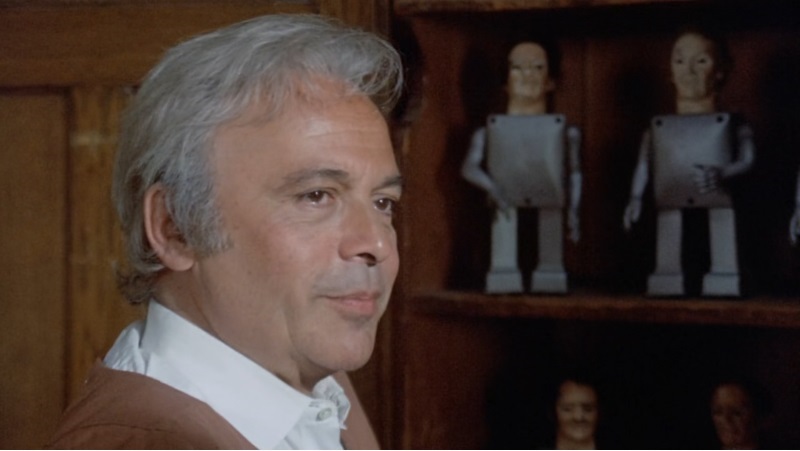
Dr. Byron (Herbert Lom) creates small dolls that he claims he can bring to life using his own spirit.
The choice to do more of a small monologue and not a full-fledged cut away story is kind of inspired, a nice turn away from the usual way these things go or wrap up. It seems like the next step up from what The House That Dripped Blood did, in that it finds a more direct way to merge the wraparound with the context of the film as a whole.
But how is it? I used to really not like this finale many moons ago. For me, it used to feel like a weird turn from the rest of the film and now I can’t really explain why. All I can tell you is that, at the time, I felt like it was not in line with the rest of it, like it somehow worked against the other stories and how they built. As if this film suddenly drove off a cliff. And other types of over-the-top descriptors. But now? I find myself really enjoying it, having warmed up to it over the years.
It’s charming in its camp. Adorable with its sudden inclusion of tiny, robot doll Herbert Loms. By the way, Herbert Lom? I think he’s the reason I have warmed to this segment. He doesn’t end up having a lot to do in terms of performance but the way he handles his monologue is great. He sells it beautifully, a man fully committed and believing in this world that he lives in, where these small, hand-built things can wander off their shelf and commit some crimes.
Still, this is easily the most divisive of the stories here, I believe, and I can absolutely see and understand why people wouldn’t like it or even hate it.
Wraparound Ending
Hell yeah. So well executed and almost a genuinely shocking twist in the way we get to it. It also makes absolutely perfect sense since, yeah, how would Patrick Magee’s character know of what has happened upstairs? In all honesty, probably the best ending to any of the Amicus Portmanteaus.
